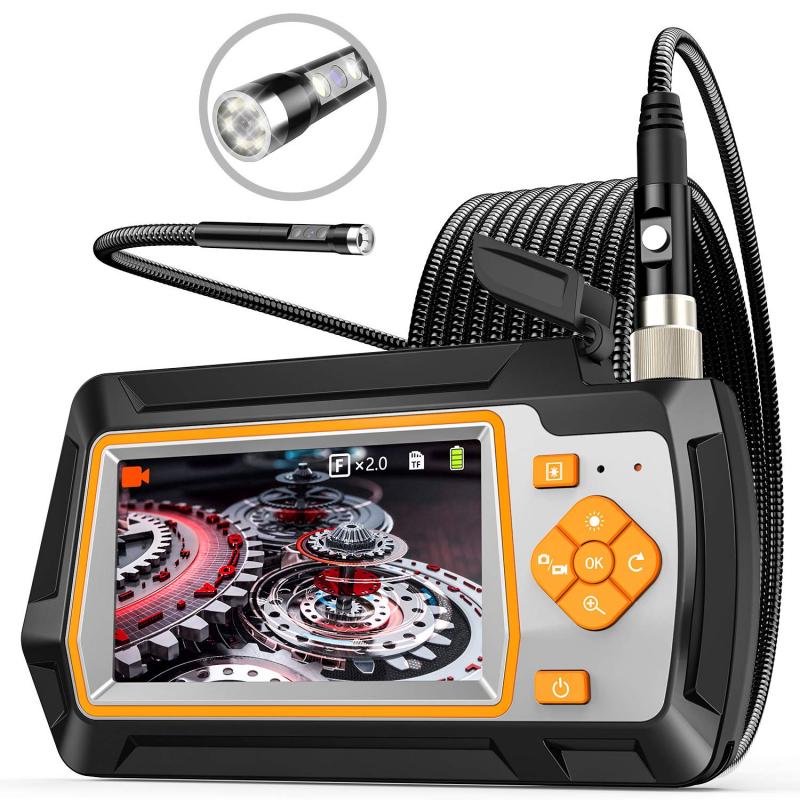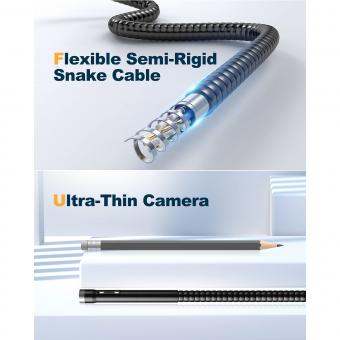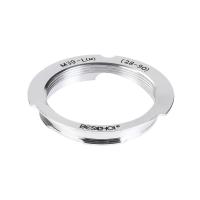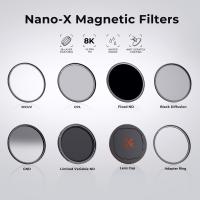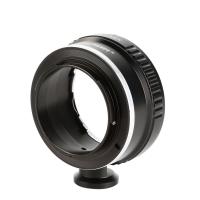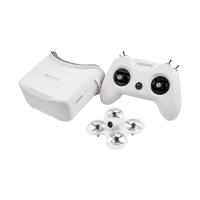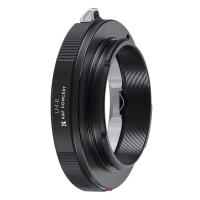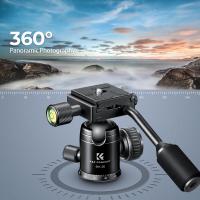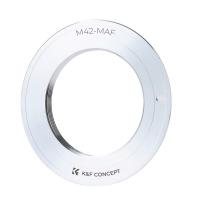What Is Endoscopic ?
Endoscopic refers to a medical procedure or technique that involves the use of an endoscope, which is a flexible tube with a light and camera attached to it. This allows doctors to visualize and examine the inside of the body without the need for invasive surgery. Endoscopic procedures are commonly used for diagnostic purposes, such as examining the gastrointestinal tract, respiratory system, or other internal organs. They can also be used for therapeutic interventions, such as removing polyps, taking biopsies, or treating certain conditions. Endoscopic procedures are generally considered less invasive and have shorter recovery times compared to traditional surgical methods.
1、 Definition and Purpose of Endoscopy in Medicine
Endoscopy is a medical procedure that involves the use of an endoscope, a flexible tube with a light and camera attached to it, to visualize and examine the internal organs and structures of the body. The endoscope is inserted through natural body openings such as the mouth, anus, or small incisions, allowing doctors to view and diagnose various conditions without the need for invasive surgery.
The purpose of endoscopy is to provide a non-surgical means of examining and diagnosing diseases or abnormalities in the gastrointestinal tract, respiratory system, urinary tract, reproductive system, and other internal organs. It allows doctors to directly visualize the affected area, take biopsies, remove polyps or foreign objects, and even perform certain therapeutic procedures.
Endoscopy has revolutionized the field of medicine by providing a less invasive alternative to traditional surgical procedures. It offers numerous advantages such as reduced pain, shorter recovery time, and lower risk of complications. Additionally, endoscopy allows for early detection and treatment of various conditions, including gastrointestinal cancers, ulcers, gallstones, and respiratory disorders.
In recent years, there have been significant advancements in endoscopic technology. For instance, the development of high-definition cameras and improved imaging techniques has enhanced the clarity and accuracy of endoscopic images. Furthermore, the introduction of minimally invasive endoscopic procedures, such as endoscopic retrograde cholangiopancreatography (ERCP) and transnasal endoscopy, has expanded the scope of endoscopy and its applications.
Overall, endoscopy plays a crucial role in modern medicine by enabling physicians to diagnose and treat a wide range of conditions with minimal invasiveness. As technology continues to advance, endoscopy is likely to become even more precise, efficient, and accessible, further improving patient outcomes and quality of care.
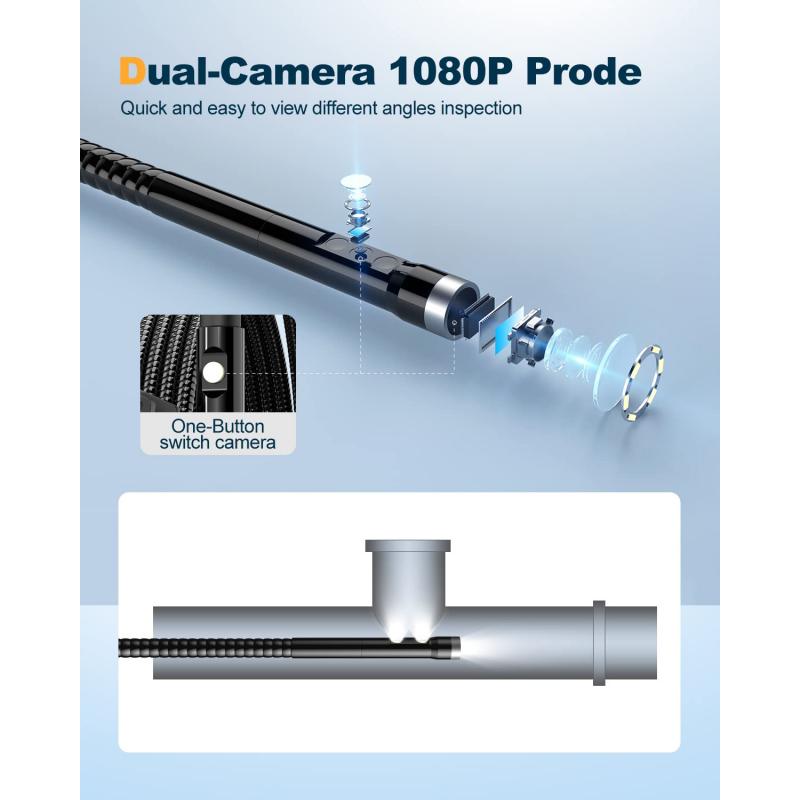
2、 Types of Endoscopic Procedures and Techniques
Endoscopic procedures and techniques refer to a range of minimally invasive medical procedures that utilize an endoscope, a flexible tube with a light and camera attached to it, to visualize and diagnose various conditions inside the body. The endoscope is inserted through a small incision or a natural body opening, such as the mouth or anus, allowing doctors to examine internal organs, tissues, and cavities without the need for major surgery.
There are several types of endoscopic procedures and techniques, each designed for specific areas of the body and medical conditions. Some common examples include:
1. Gastrointestinal endoscopy: This involves examining the digestive tract, including the esophagus, stomach, and intestines, to diagnose and treat conditions like ulcers, polyps, and gastrointestinal bleeding.
2. Bronchoscopy: This procedure allows doctors to visualize the airways and lungs, helping in the diagnosis and treatment of respiratory conditions such as lung cancer, infections, and chronic obstructive pulmonary disease (COPD).
3. Colonoscopy: It involves examining the colon and rectum to detect and remove polyps, screen for colorectal cancer, and diagnose conditions like inflammatory bowel disease.
4. Laparoscopy: This is a minimally invasive surgical technique that uses an endoscope to perform procedures in the abdominal cavity, such as gallbladder removal, hernia repair, and appendectomy.
5. Arthroscopy: It involves visualizing and treating joint conditions, such as torn ligaments or cartilage, through small incisions, commonly used in orthopedic surgeries.
The latest advancements in endoscopic procedures include the use of advanced imaging technologies, such as high-definition cameras and 3D visualization, which provide clearer and more detailed images. Additionally, there has been a growing trend towards the development of robotic-assisted endoscopic procedures, allowing for greater precision and control during surgery.
Overall, endoscopic procedures and techniques have revolutionized the field of medicine by offering less invasive alternatives to traditional surgery, resulting in reduced pain, faster recovery times, and improved patient outcomes.

3、 Advancements in Endoscopic Imaging Technology
Endoscopic imaging technology refers to the use of endoscopes, which are flexible or rigid tubes with a light and camera attached, to visualize and capture images or videos of the internal organs and structures of the body. This minimally invasive procedure allows doctors to examine and diagnose various medical conditions without the need for open surgery.
Endoscopic imaging technology has seen significant advancements in recent years, leading to improved diagnostic capabilities and patient outcomes. One of the latest advancements is the development of high-definition endoscopes, which provide clearer and more detailed images of the internal organs. This allows doctors to detect abnormalities or diseases at an earlier stage, leading to more effective treatment options.
Another recent development in endoscopic imaging technology is the integration of artificial intelligence (AI) algorithms. AI can analyze the captured images or videos in real-time, helping doctors to identify and classify abnormalities more accurately. This can assist in the early detection of diseases such as cancer, where early intervention is crucial for successful treatment.
Furthermore, there have been advancements in the field of virtual endoscopy, which uses computer-generated images to simulate an endoscopic examination. This technique allows doctors to navigate through the virtual representation of the patient's organs, providing a non-invasive alternative to traditional endoscopy. Virtual endoscopy has the potential to reduce patient discomfort and risks associated with invasive procedures.
Overall, advancements in endoscopic imaging technology have revolutionized the field of medicine by providing less invasive and more accurate diagnostic tools. These advancements have the potential to improve patient outcomes, reduce healthcare costs, and enhance the overall quality of healthcare. As technology continues to evolve, we can expect further improvements in endoscopic imaging, leading to even more precise and efficient diagnostic procedures.
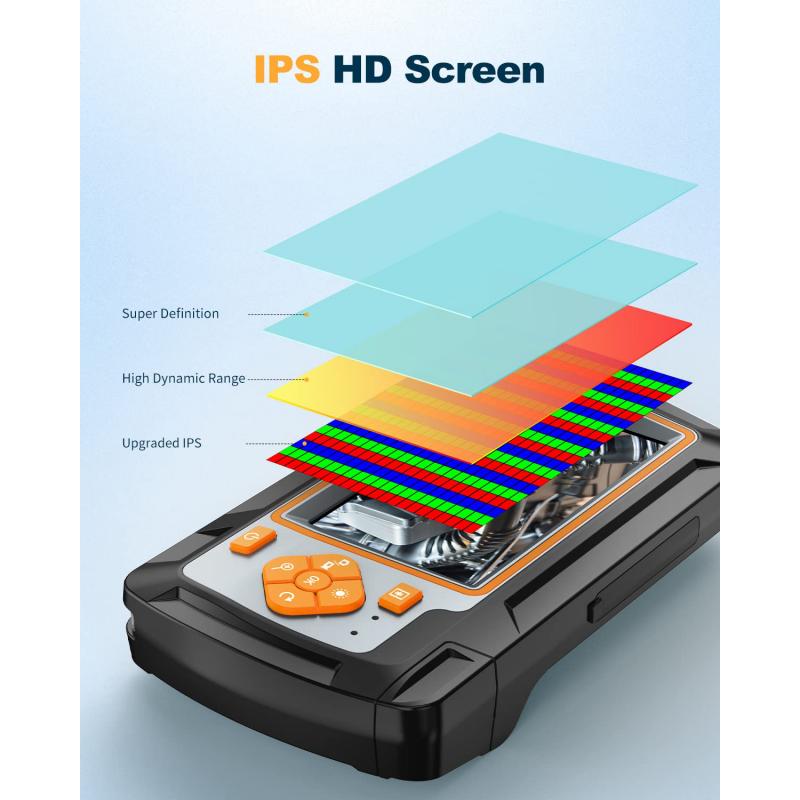
4、 Risks and Complications Associated with Endoscopy
Endoscopic procedures are minimally invasive medical procedures that involve the use of an endoscope, a flexible tube with a light and camera attached to it. This allows doctors to visualize and examine the internal organs and structures of the body without the need for open surgery. Endoscopy is commonly used for diagnostic purposes, such as identifying the cause of gastrointestinal symptoms or detecting abnormalities in the respiratory system.
The risks and complications associated with endoscopy are generally low, but they can vary depending on the specific procedure being performed and the patient's individual health condition. Some common risks include bleeding, infection, and perforation of the organ being examined. These risks are typically rare and can be minimized by following proper sterilization and safety protocols.
In recent years, there have been advancements in endoscopic technology that have further improved the safety and effectiveness of these procedures. For example, the development of high-definition imaging and narrow-band imaging has enhanced the ability to detect and diagnose abnormalities with greater accuracy. Additionally, the use of carbon dioxide instead of air for insufflation during colonoscopy has reduced the risk of complications such as abdominal discomfort and perforation.
It is important for patients to discuss the potential risks and complications of endoscopy with their healthcare provider before undergoing the procedure. The benefits of endoscopy, such as early detection of diseases and the ability to perform therapeutic interventions, often outweigh the risks. However, it is crucial for patients to be aware of the potential complications and to follow any pre- and post-procedure instructions provided by their healthcare team to minimize these risks.
